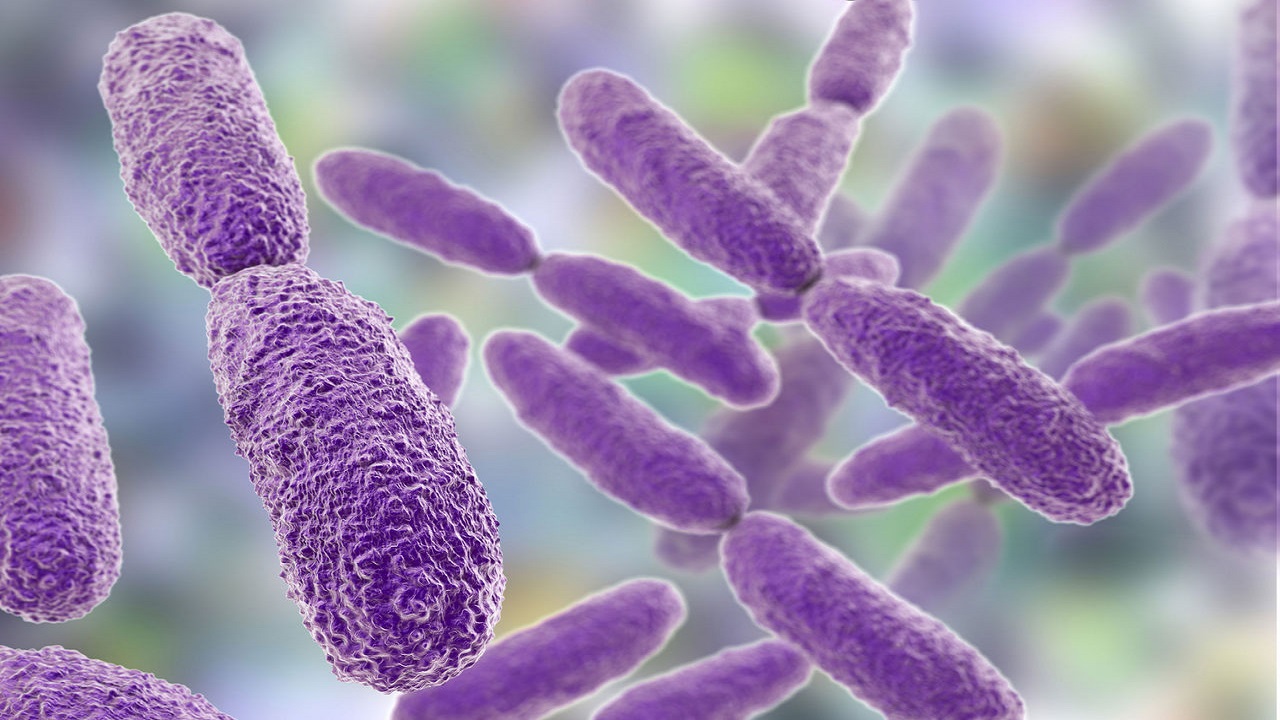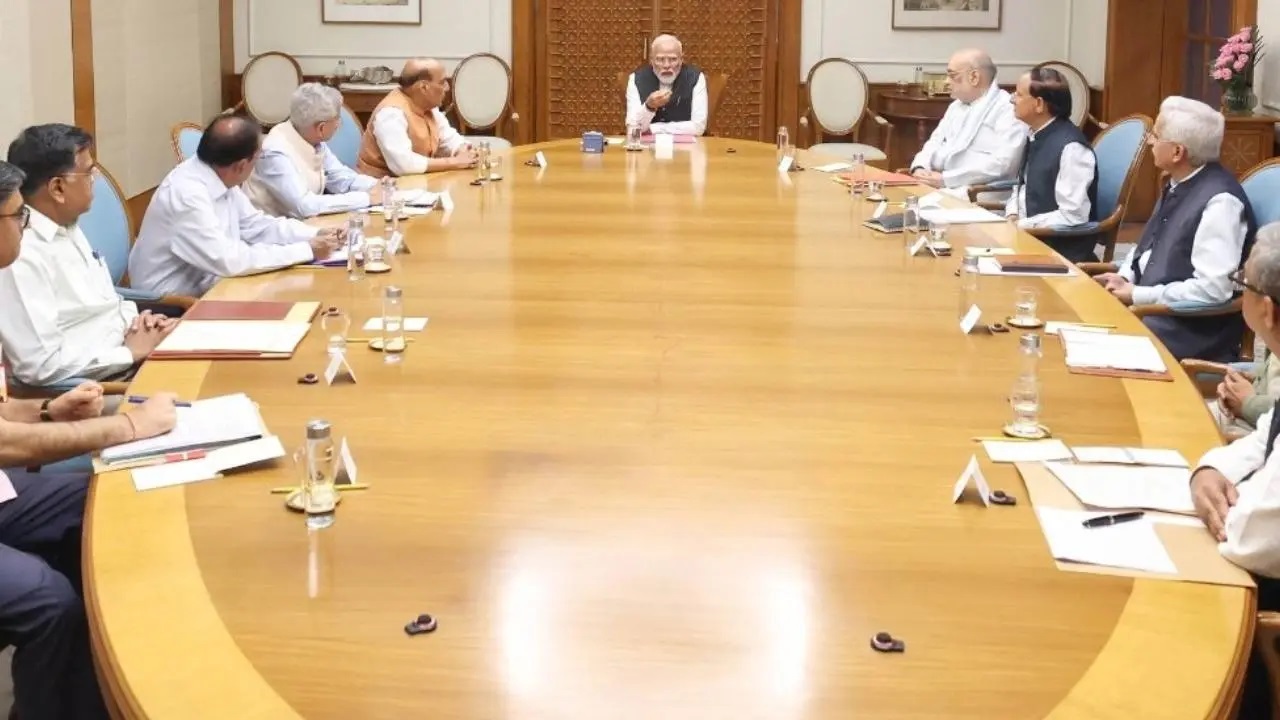Bacterial Infections in India: Alarming Trends, Impacts, and Policy Responses
Context : Bacterial infections are a major public health concern in India, especially with the growing problem of antimicrobial resistance (AMR). These infections not only affect individual health but also strain the healthcare system, increase treatment costs, and threaten national health security. Tackling bacterial infections is critical to achieving Sustainable Development Goal 3 (Good Health and Well-Being) and meeting India's commitments under the Global Action Plan on AMR by WHO.
What Are Bacterial Infections?
Bacterial infections occur when harmful bacteria invade the body, multiply, and cause disease. They can affect various organs and systems, leading to illnesses such as:
-
Pneumonia (infection of the lungs)
-
Bloodstream infections (sepsis)
-
Urinary tract infections (UTIs)
Key features:
-
Require timely and accurate antibiotic treatment for recovery.
-
If left untreated or improperly treated, can lead to severe complications or death.
Alarming Data on Bacterial Infections in India (2019)
Recent estimates highlight the seriousness of the situation:
-
Total bacterial infections in India: ~15 lakh cases in 2019.
-
A large proportion involved bacteria resistant to carbapenems, one of the last-resort antibiotics.
-
Antibiotic treatment courses procured: just over 1 lakh, with India accounting for 80.5% (83,468 courses).
-
Only 7.8% of infections received appropriate antibiotic treatment, reflecting inadequate access to proper care and diagnostics.
This data signals a critical gap in managing bacterial infections effectively.
Consequences of Inadequate Treatment
Failure to provide timely and appropriate treatment has multiple negative impacts:
-
Increased antimicrobial resistance (AMR), making common infections harder to treat in the future.
-
Higher mortality rates from infections that could otherwise be cured.
-
Greater economic burden on families and the healthcare system due to prolonged illness and hospitalization.
Global impact:
-
Over 1.1 million deaths annually are now directly attributed to AMR globally, exceeding deaths from HIV/AIDS and malaria combined.
-
Without urgent intervention, AMR could cause 40 million deaths globally by 2050, with the highest burden in low- and middle-income countries.
Why Is the Situation Critical in India?
Several factors contribute to India’s high burden of bacterial infections and rising AMR:
-
Overuse and misuse of antibiotics in humans and livestock.
-
Inadequate infection control practices in hospitals and clinics.
-
Poor public awareness about the dangers of self-medication.
-
Limited access to diagnostic facilities leading to over-reliance on broad-spectrum antibiotics.
These challenges highlight the urgent need for comprehensive interventions.
Way Forward: Tackling Bacterial Infections and AMR in India
India’s response must be multi-pronged, involving policy, healthcare, and community action:
-
Strengthening antibiotic stewardship programs to ensure rational use of antibiotics.
-
Expanding infection prevention and control measures in healthcare settings.
-
Enhancing surveillance systems to monitor bacterial infections and resistance patterns.
-
Promoting public awareness campaigns to reduce misuse of antibiotics.
-
Encouraging research and development of new antibiotics and rapid diagnostic tools.
Efforts such as India’s National Action Plan on AMR need effective implementation across states to build resilience against bacterial infections and AMR.




Comments (0)